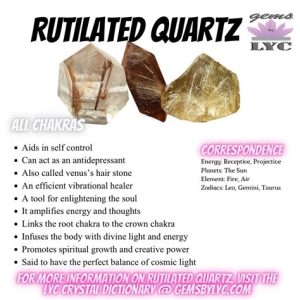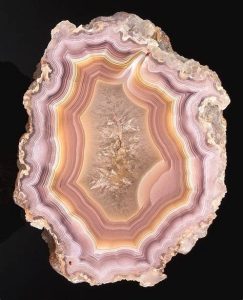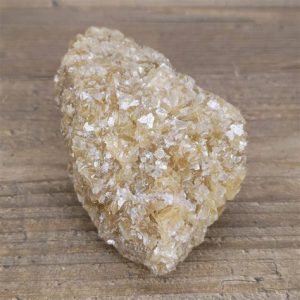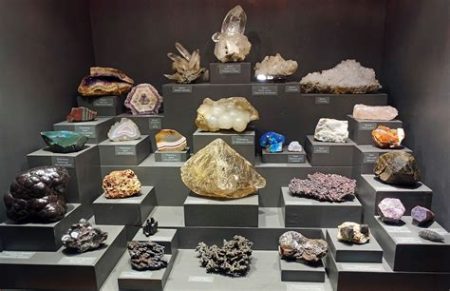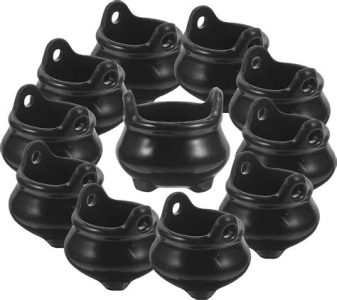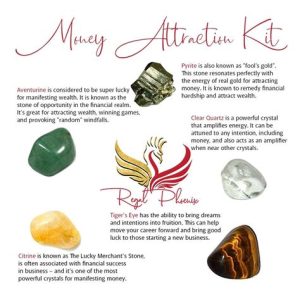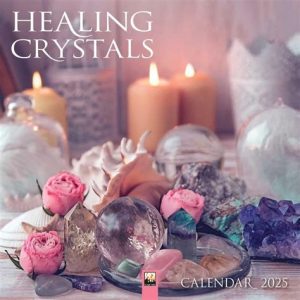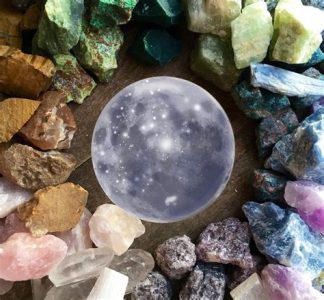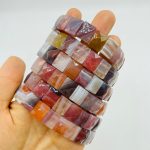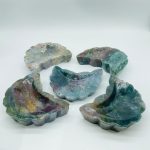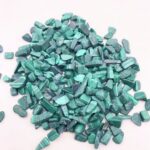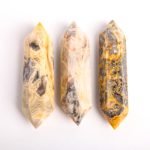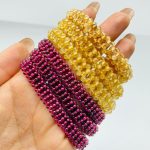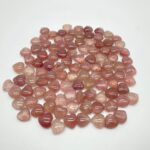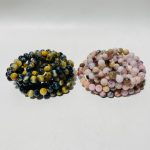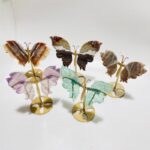In the realm of spirituality and healing, crystals have gained immense popularity over the centuries. Their purported abilities to promote well-being, balance chakras, and amplify energy have made them highly sought after. However, with the growing demand for crystals, concerns have risen regarding the authenticity and quality of these precious stones.

Discerning genuine crystals from imposters is crucial for those seeking their purported benefits. This comprehensive guide will delve into the various methods to effectively determine the authenticity of crystals, empowering you to make informed purchases.
Visual Inspection: Scrutinizing Physical Attributes
-
Transparency and Clarity: Genuine crystals possess a natural transparency or clarity, allowing light to pass through them with minimal obstructions.
-
Color and Luster: Each crystal type exhibits a distinctive color and luster. Compare the crystal’s appearance to known samples or reputable sources to assess its authenticity.
-
Inclusions and Imperfections: Natural crystals often contain small inclusions or imperfections, such as bubbles, cracks, or color variations. The presence of these imperfections can indicate the crystal’s genuineness.
-
Shape and Formation: The shape and formation of crystals play a significant role in their authenticity. Refer to geological and mineralogical resources to verify the crystal’s expected crystalline structure and habit.
Physical Testing: Exploring Density and Hardness
-
Density: The density of a crystal is a crucial factor to consider. Obtain a digital scale and measure the crystal’s weight. Compare the obtained value to the known density of the suspected crystal type.
-
Hardness: The hardness of a crystal is indicative of its composition and durability. Utilize the Mohs scale of mineral hardness to test the crystal’s resistance to scratching.
Chemical Analysis: Uncovering Crystalline Composition
-
Spectroscopy: Employ spectroscopy techniques to analyze the crystal’s atomic and molecular composition. This method can detect impurities and differentiate between genuine and synthetic crystals.
-
Polarimetry: Polarimetry utilizes polarized light to reveal the crystal’s optical properties. This analysis can provide insights into the crystal’s structure and authenticity.
Common Mistakes to Avoid
-
Relying on Intuition: While intuition can be a valuable tool, it is not a substitute for scientific verification. Avoid solely relying on subjective feelings when determining the authenticity of crystals.
-
Trusting Unverified Sources: Exercise caution when purchasing crystals from unknown or untrustworthy sources. Always verify the seller’s reputation and seek third-party certifications if necessary.
-
Overlooking Scientific Evidence: While alternative healing practices and anecdotal evidence have their place, they should not outweigh scientific scrutiny. Base your assessment on empirical evidence and reputable sources.
Table 1: Physical Properties of Common Crystals
| Crystal Type | Density (g/cm³) | Mohs Hardness |
|---|---|---|
| Amethyst | 2.65 | 7 |
| Citrine | 2.65 | 7 |
| Green Aventurine | 2.65 | 7 |
| Rose Quartz | 2.65 | 7 |
| Smokey Quartz | 2.65 | 7 |
Table 2: Spectroscopic Properties of Common Crystals
| Crystal Type | Absorption Bands (nm) |
|---|---|
| Amethyst | 480, 500, 520 |
| Citrine | 400, 420, 440 |
| Green Aventurine | 520, 540, 560 |
| Rose Quartz | 480, 500, 520 |
| Smokey Quartz | 380, 400, 420 |
Table 3: Polarimetric Properties of Common Crystals
| Crystal Type | Birefringence |
|---|---|
| Amethyst | 0.004 |
| Citrine | 0.003 |
| Green Aventurine | 0.002 |
| Rose Quartz | 0.001 |
| Smokey Quartz | 0.002 |
Table 4: Common Crystal Counterfeits and Their Properties
| Suspected Counterfeit | Identifying Characteristics |
|---|---|
| Synthetic Amethyst | Uniform color, no visible inclusions |
| Treated Citrine | Yellow-orange color, may exhibit heat damage |
| Dyed Green Aventurine | Overly green color, no shimmer |
| Imitation Rose Quartz | Pink color, may contain air bubbles |
| Reconstructed Smokey Quartz | Brown color, lack of clarity |
Conclusion
Determining the authenticity of crystals requires a multifaceted approach involving visual inspection, physical testing, and chemical analysis. By employing the techniques outlined in this guide, you can confidently discern genuine crystals from imitations, ensuring the integrity and effectiveness of your crystal collection.

